Brand Architecture is the system which harmonizes and makes sense of the relationship between various brands for an organization. Organizations utilize it to create a well-organized hierarchy so that it becomes understandable to the customers why different products or services are related to one another and to the umbrella brand. The description below is an outline of the most employed brand architectures and how they can be utilized:
1. Monolithic Brand Architecture (Branded House)
Definition: All goods or services share a single brand with a generic identity. Both the name and image of the master brand apply to all the products and sub-brands.
Examples:
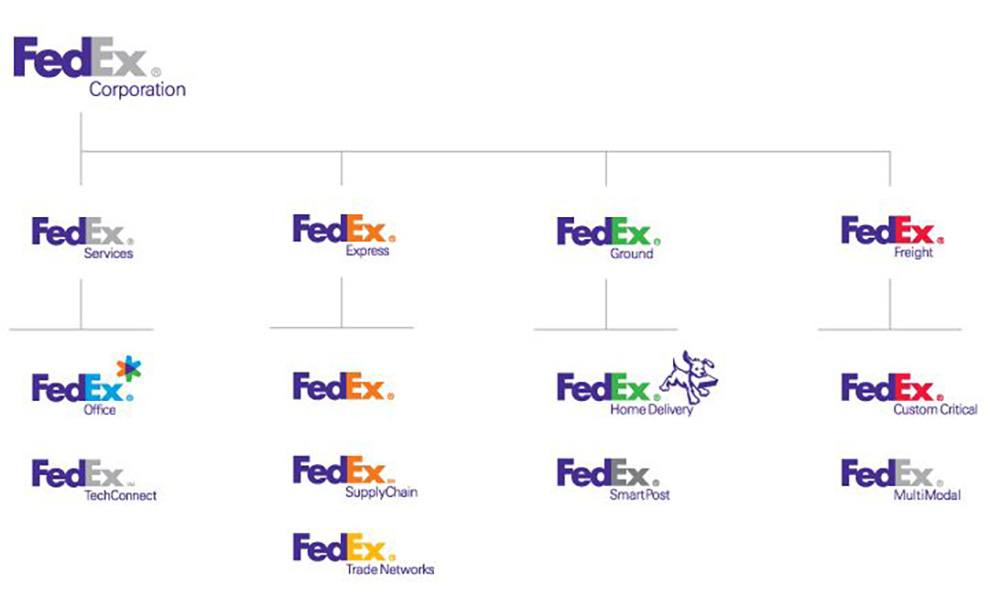
Advantages:
- Single powerful brand image and perception.
- Inter-product cross-promotion is easier.
- Strong marketing as everything establishes one master brand.
How to Build It:
- Choose one strong, memorable parent brand name.
- Place sub-brands or products on shared values, message, and design.
- Create logo, color scheme, and visual identity cohesion across products.
- Use the parent brand for all marketing efforts to create a consolidating image.
2. Endorsed Brand Architecture
Definition: Sub-brands are individually identifiable but are “endorsed” by the master brand. Endorsement provides credibility and assurance to the customers without overwhelming the distinctiveness of sub-brands.
Examples:
- Nestlé (KitKat by Nestlé, Nescafé by Nestlé)
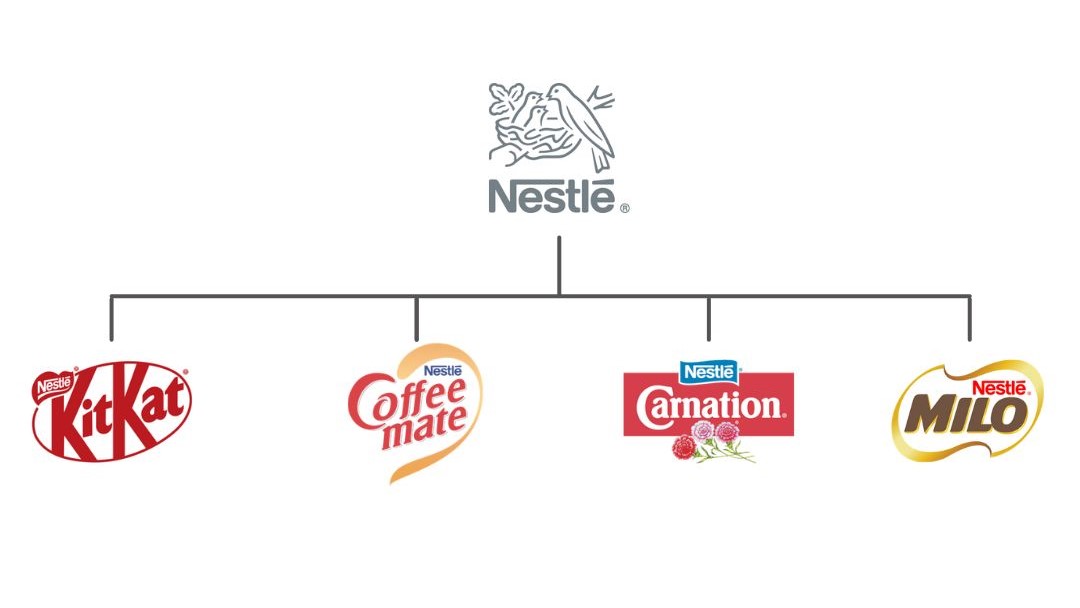
Advantages:
- Sub-brands can target different segments while benefiting from the reputation of the master brand.
- Potential to create individual identities for each product but reap the advantage of the reputation of the parent brand.
- Easier entry into markets for new products through the endorsement.
How to Create It:
- Formulate explicit policy regarding how the parent brand is to be presented across each sub-brand (e.g., logo position, the naming).
- Provide an opportunity for every sub-brand to create its own individual identity but with a connection to the parent brand.
- Use the parent brand equity, i.e., logo or slogan, in sub-brand marketing to support credibility.
3. Freestanding Brand Architecture (House of Brands)
Definition: Here, totally autonomous, independent brands are built within the firm. Each brand is built up with its own identity, and the parent company is invisible or is only seen by the cognoscenti.
Examples:
- Unilever
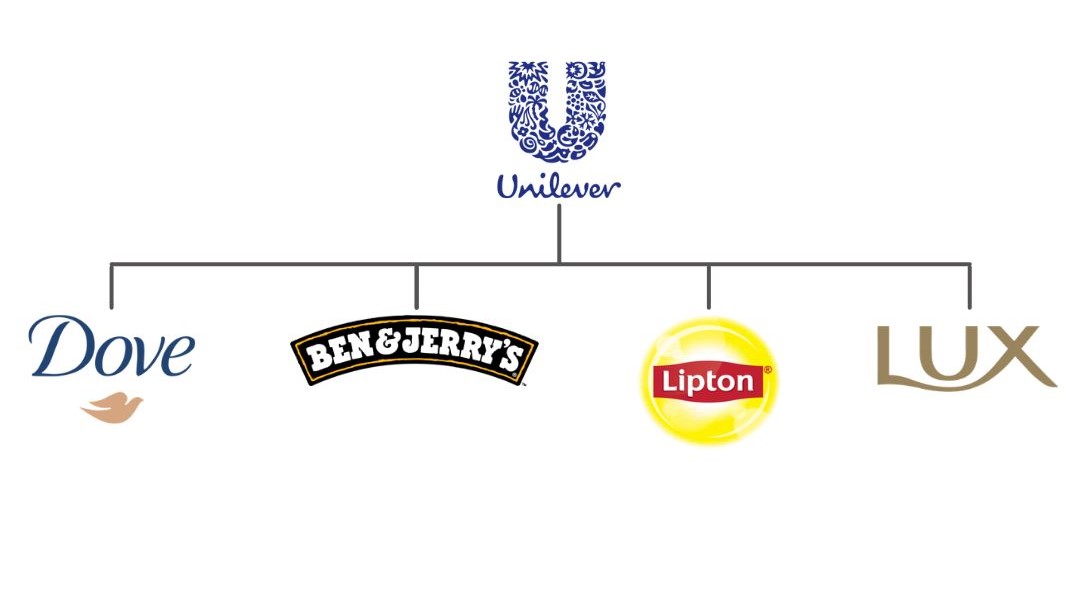
Advantages:
- Each brand is able to target its own individual audience without being held back by the reputation of the parent firm.
- No chance of a sub-brand putting the parent brand into a bad light if something does go wrong.
- Less complicated to market niche markets.
How to Build It:
- Develop each sub-brand as a completely distinct company, with its own image, logo, and message.
- Take time to learn the unique needs of each target market and develop products specifically for them.
- Avoid significant parent brand prominence in advertising to avoid confusing the consumer.
4. Hybrid Brand Architecture
Definition: A combination of the above architectures, where some brands may be highly associated with the parent brand (as a Branded House), whereas others less integrated (as a House of Brands).
Examples:
- Amazon
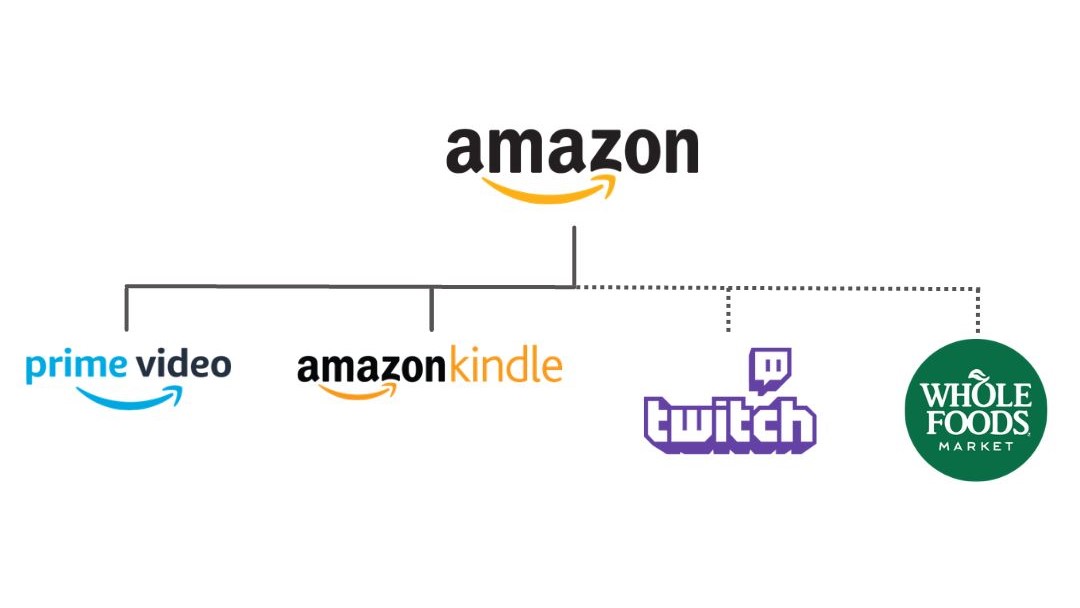
Benefits:
- Brings together the parent brand’s power and independent sub-brands’ independence.
- gives the parent company the ability to address diverse markets while being in control overall.
- suits companies with multiple product lines whose requirement is individuality but benefits from umbrella protection.
How to Structure It :
- Identify which of the sub-brands needs to be closely associated with the parent brand and which one can be comparatively independent.
- Reveal the parent brand where necessary but grant some of the sub-brands greater marketing and communications freedom to be autonomous.
- Provide a well-articulated approach as to when the parent brand should be revealed in marketing communications for sub-brands and when not to.
5. Co-Branding
Definition: Co-branding is a collaboration of two brands to create a shared product or service that draws on the strength of both brands. Both brands’ reputations are equally advertised through the co-branded product.
Examples:
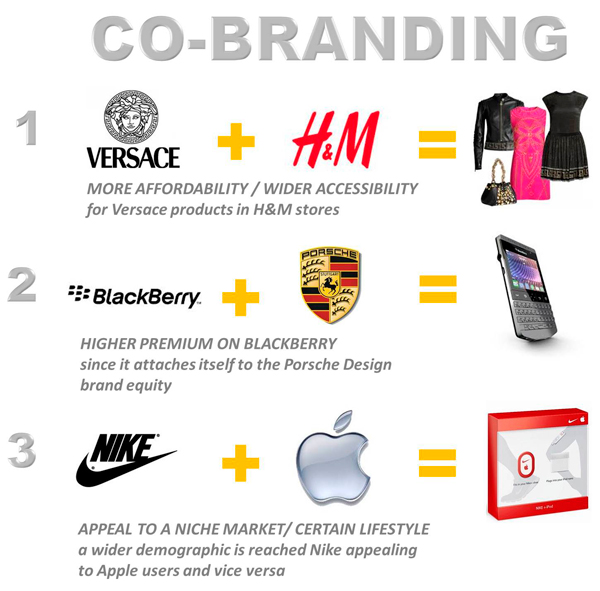
Advantages:
- May draw on the audience and reputation of both brands to gain greater visibility and credibility.
- Creates new marketing and innovation possibilities based on skills.
- Offers entry to complementary market and demographics.
How to Make It Happen:
- Choose a complementary partner brand that has identical target audience and complementary capabilities.
- Determine whether the branding should be presented on the same bill or one of the brands will be primary.
- Ensure that the alliance is bringing certain value to the respective brands’ customers.
- Develop combined marketing programs to reaffirm the value of the two brands uniting.













